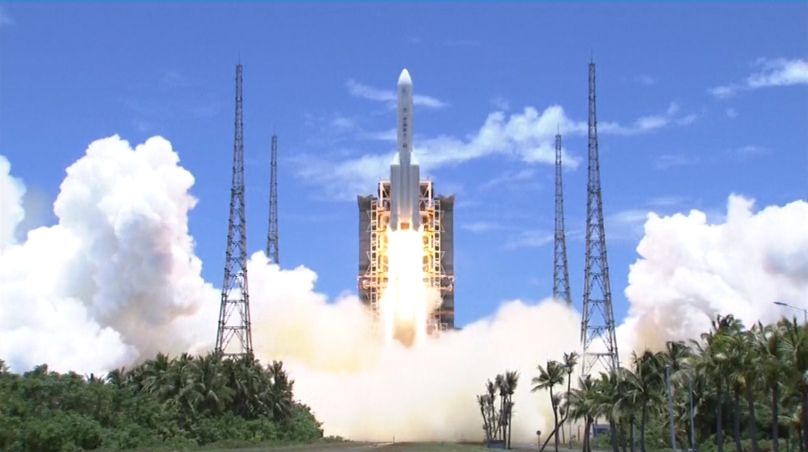
Chinese scientists have announced a plan to build an enormous, 0.6 mile (1 kilometer) wide solar power station in space that will beam continuous energy back to Earth via microwaves.
The project, which will see its components lofted to a geostationary orbit above Earth using super-heavy rockets, has been dubbed "another Three Gorges Dam project above the Earth."
The Three Gorges Dam, located in the middle of the Yangtze river in central China, is the world's largest hydropower project and generates 100 billion kilowatt-hours of electricity each year. According to one NASA scientist, the dam is so large that, if completely filled, the mass of the water contained within would lengthen Earth's days by 0.06 microseconds.
The new project, according to lead scientist Long Lehao, the chief designer of China’s Long March rockets, would be "as significant as moving the Three Gorges Dam to a geostationary orbit 36,000km (22,370 miles) above the Earth."
"This is an incredible project to look forward to," Long added during a lecture in October hosted by the Chinese Academy of Sciences (CAS), as reported by the South China Morning Post. "The energy collected in one year would be equivalent to the total amount of oil that can be extracted from the Earth."
Despite recent advances in the cheapness and efficiency of solar power, the technology still faces some fundamental limitations — such as intermittent cloud cover and most of the atmosphere absorbing solar radiation before it hits the ground.
Scientists have proposed a number of Space-Based Solar Power (SBSP) technologies which would continuously collect and transmit energy from sunlight in space, where it is 10 times more intense than at Earth's surface.
But building an appropriately giant array would take many launches, meaning that most proposals failed to get off the ground.
To overcome this challenge, Long and his team are working on the development of the Long March-9 (CZ-9) reusable heavy-lift rocket, which will have a lift capacity of at least 150 tons (136 metric tons).
Besides being used for satellites, the rocket will also be key to China's plans to reach the moon — where it wants to build an international lunar research base by 2035.
China isn't the only nation eyeing plans for solar satellite arrays. The U.S. companies Lockheed Martin and Northrop Grumman, the European Space Agency, and Japan's JAXA space agency have also been investigating the technology, with the latter scheduling the launch of a small, proof-of-concept satellite this year to assess its feasibility.







